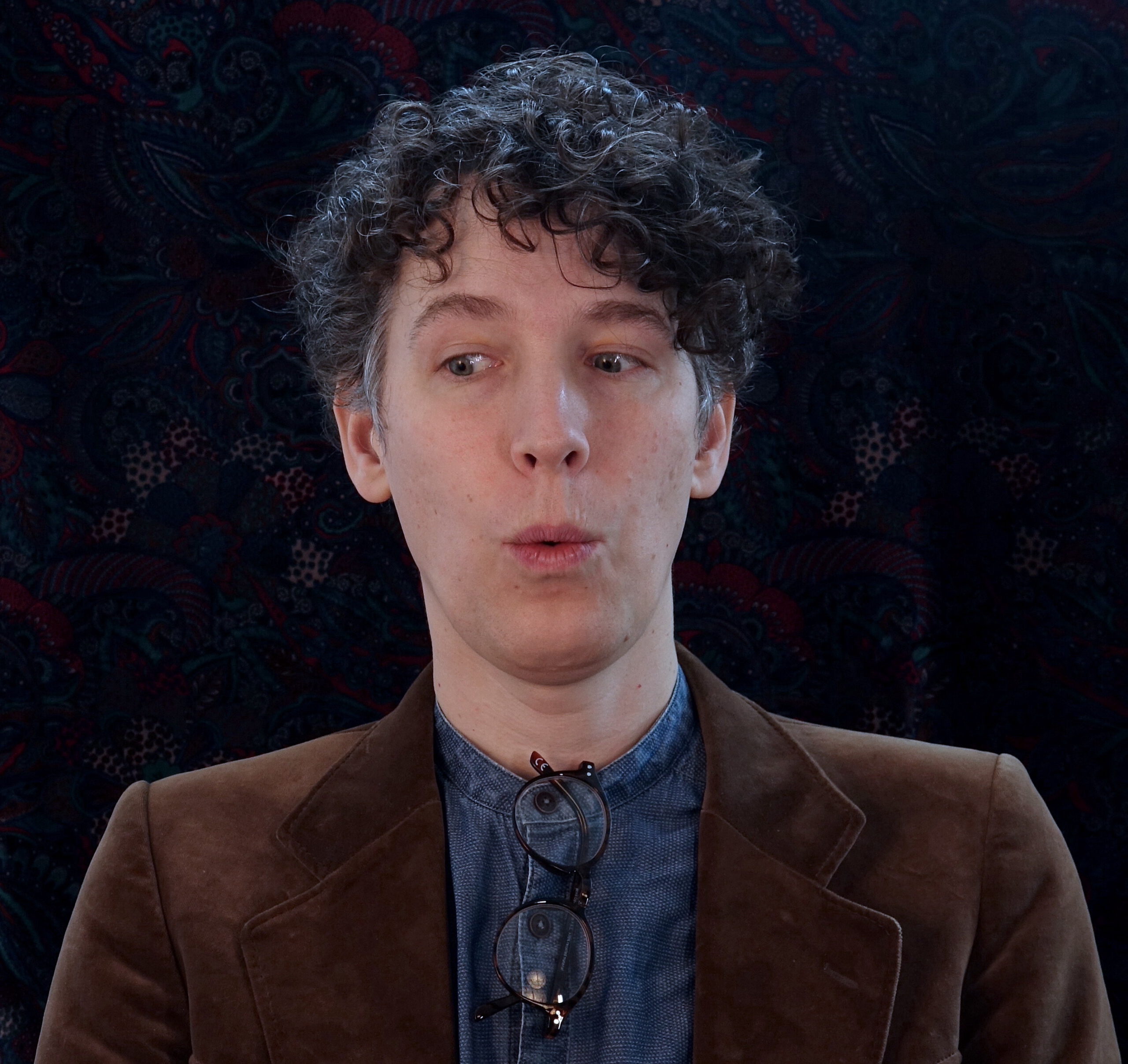Abstract: In De Humani Corporis Fabrica, Andreas Vesalius, depicts a cross-sectional diagram of a human eye, made in the manner of a “cosmic figuration.” It is 1543, the same year that Nicolaus Copernicus’ De Revolutionibus Orbium Coelestium kicked off geocentricism’s long death spiral. The great anatomist almost seems to weigh in on the matter: appearances are at stake. For centuries, since the time of Galen, eyeballs had been represented as a series of concentric layers, culminating in an often centrally located lens: which represented visual perception itself, related as our earthly home is to the observed cosmos. 1543’s microcosmic eye furthers a long tradition of such diagrams—and their cosmic counterparts—in which which the objective and subjective intersect. The Ptolemaic / Aristotelian model had provided just such a juncture; its centred vantage and epicycles not only matched observation, but wielded predictive power: a sort of objectivity, good enough for its time. Ultimately it was on those same grounds that Copernicus’ model won out, providing similar predictions at half the complexity. But on the side, a subtler discourse on perspective continued to ask for a personal account of the universal story. Its traces reach out from the Middle Ages through the late 15th century visual revolution and the 17th century scientific revolution, straight into modernity, unresolved. Philosopher Hannah Arendt sums it up nicely when she remarks: “The great strides of Galileo proved that both the worst fear of human speculation—that our senses might betray us—and its most presumptuous hope—the Archimedean wish for a point outside from which to unlock universal knowledge—could only come true together.” Cosmological diagrams throughout the ages bear the scars of this anxiety.
